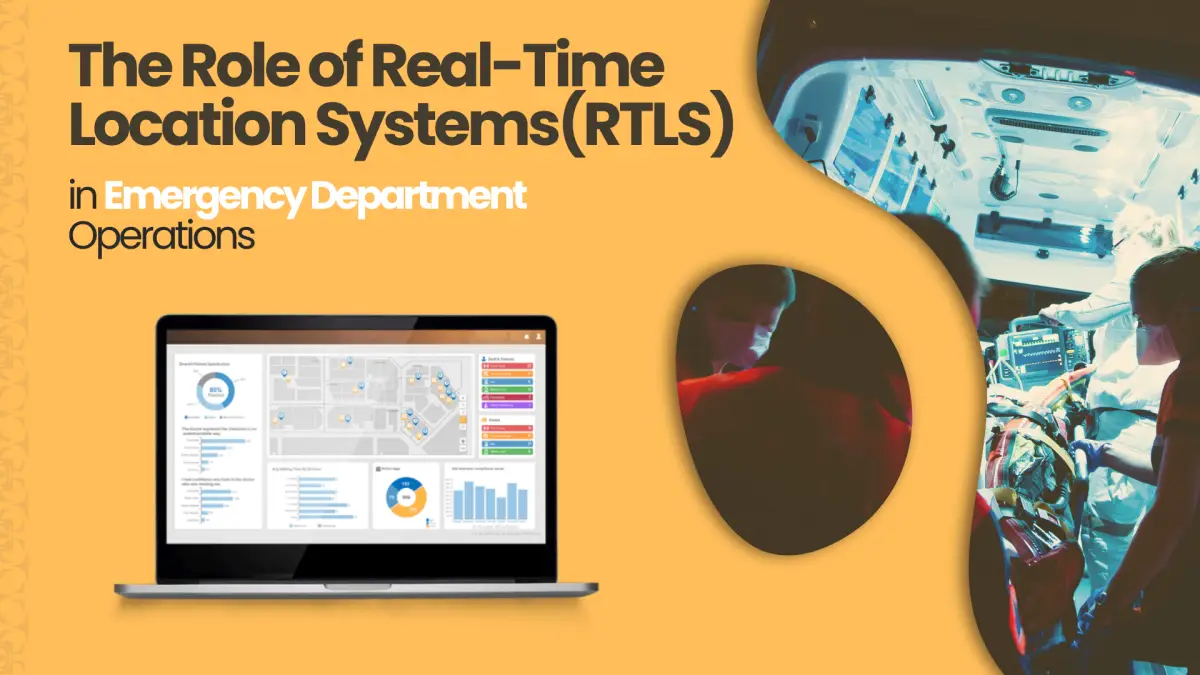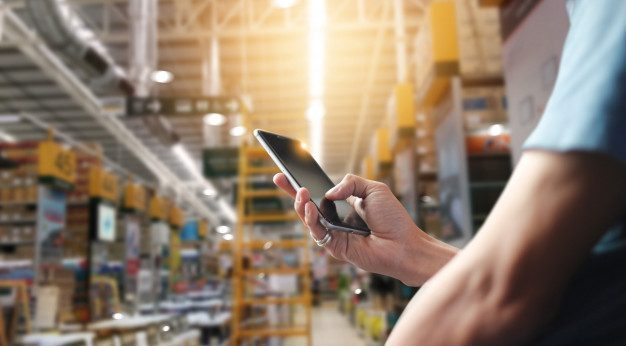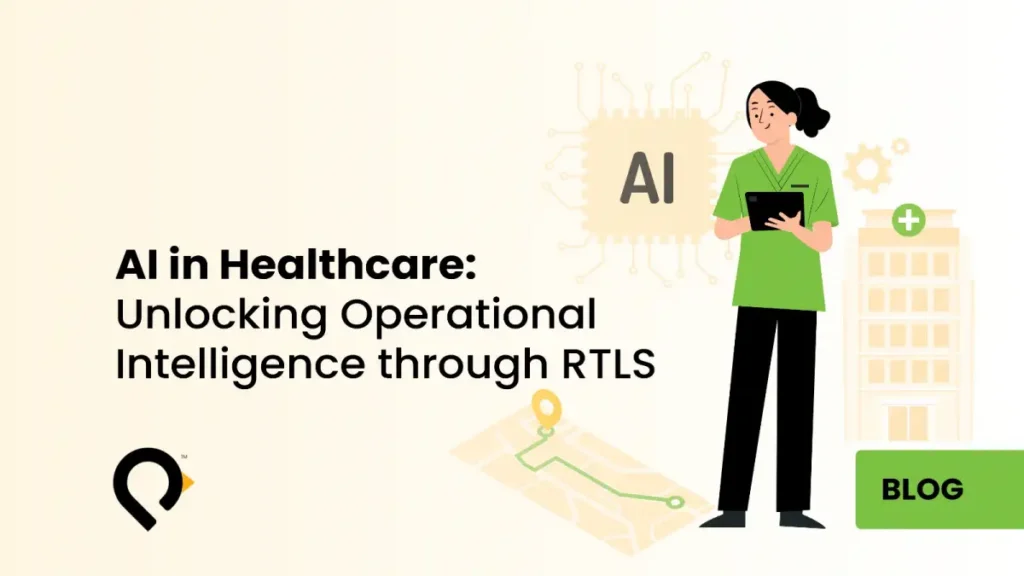
How RTLS Indoor Technology Solves ED Wait-Time Challenges
Efficiently managing emergency department (ED) wait-time is a critical global healthcare challenge. Statistics reveal the severity of this issue clearly.
In the US, approximately 78.3% of all patients receive timely care. However, only 66.9% of those needing immediate attention within one hour are seen by a physician within the recommended timeframe. This occurs in the median ED across the country.
Furthermore, the situation becomes more concerning when examining triage targets. Only 30.5% of EDs consistently meet these targets for over 90% of their patients. Moreover, a mere 13.8% achieve this benchmark for patients triaged for a one-hour window. [1]
These delays have profound consequences. They affect patient outcomes negatively. Additionally, they damage hospital reputation significantly. They also threaten financial viability substantially.
However, Penguin offers an innovative solution to these challenges. Our indoor RTLS (Real-Time Location System), PenTrack, transforms ED operations completely.
How RTLS Indoor Technology Transforms ED Operations
RTLS Indoor technology delivers multiple operational improvements simultaneously. This real-time indoor positioning system provides complete visibility across the emergency department. Specifically, it optimizes resource allocation effectively. Moreover, it streamlines patient pathways comprehensively. Furthermore, it improves operational efficiency across all departments.
As a result, this enhances ED management significantly. It helps hospitals not only meet triage targets but exceed them. Additionally, it boosts their bottom line substantially.
9 Ways RTLS Indoor Solutions Resolve ED Problems
Here’s what indoor RTLS solutions offer hospitals while enhancing patient experience:
1. Enhanced Patient Flow: Optimizing Processes
RTLS Indoor offers precise patient tracking within the ED continuously. This indoor positioning technology minimizes bottlenecks effectively. Consequently, it reduces wait times significantly. Therefore, it streamlines patient flow throughout the department.
Real-time visibility enables staff to identify delays instantly. They can then address issues proactively.
2. Reduced Patient Length of Stay: Faster Care Delivery
Through streamlined processes and timely care coordination, RTLS Indoor contributes to shorter patient LOS. This enables quicker bed turnover rates. As a result, it increases ED capacity substantially.
Faster patient movement means more patients receive care promptly. This improves overall department efficiency.
3. Resource Allocation: Efficient Utilization
Real-time indoor positioning provides comprehensive visibility into critical resources. Specifically, it tracks staff locations continuously throughout the facility. Additionally, it monitors equipment availability instantly. Furthermore, it follows patient movements precisely across all ED zones.
This ensures efficient allocation of resources across the department. It prevents overstaffing in some areas. Moreover, it optimizes resource usage throughout the facility.
4. Improved Patient Satisfaction: Elevating the Experience
Enhanced ED efficiency, facilitated by RTLS Indoor technology, fosters patient satisfaction significantly. When patients receive timely care through optimized indoor positioning, they feel valued. Consequently, this fosters trust and loyalty among patients.
Satisfied patients are more likely to recommend the hospital. They also provide positive reviews consistently.
5. Billing Accuracy: Precise Financial Transactions
Accurate tracking of patient movements is essential for proper billing. RTLS Indoor monitors treatments comprehensively throughout the patient journey. Therefore, it ensures precise billing without errors.
This reduces the risk of revenue loss substantially. It also eliminates billing disputes effectively.
6. Data-Driven Decision Making: Informed Optimization
Indoor RTLS generates valuable data continuously for detailed analysis. This allows hospitals to make informed decisions confidently. Moreover, they can optimize processes based on real evidence from indoor positioning insights.
Consequently, this improves patient care quality consistently. It also enhances operational efficiency measurably.
7. Reduced Diversions: Efficient Patient Management
Effective patient flow management with indoor RTLS reduces the need for diversions. This is especially important during peak times. Therefore, it ensures continuous ED operation without interruptions.
Continuous operation means consistent revenue generation. It also maintains the hospital’s reputation in the community.
8. Improved Compliance and Documentation: Meeting Standards
RTLS Indoor enhances compliance with regulatory requirements automatically. Additionally, it improves documentation standards significantly. This reduces the risk of penalties substantially.
Moreover, it prevents revenue loss due to non-compliance issues. It also streamlines audit processes effectively.
9. Enhanced EMS Coordination: Seamless Transitions
RTLS Indoor facilitates improved coordination with EMS providers substantially. This leads to faster patient transfers between facilities. Additionally, it enables better communication among all parties.
Ultimately, this optimizes ED resource utilization comprehensively. It also improves patient outcomes measurably.
The Value of RTLS Indoor in Healthcare
In the healthcare domain, RTLS Indoor stands as a valuable tool for modern hospitals. It streamlines ED operations comprehensively through real-time indoor positioning. Moreover, it improves patient care quality significantly.
While the benefits are evident across multiple metrics, successful implementation requires careful planning. Additionally, it needs tailored monitoring strategies. These must align with each hospital’s unique needs specifically. They should also match organizational objectives precisely.
Transform Your Emergency Department Today
Ready to revolutionize your ED operations with indoor positioning technology? Penguin’s PenTrack indoor RTLS solution delivers measurable results. Reduce wait times, improve patient satisfaction, and boost your bottom line through advanced real-time location tracking.
Next Steps:
- 📞 Request a call: [email protected]
- 🌐 Learn more: penguinin.com/healthcare
- 📊 Download case studies and ROI calculator
References:
[1] Source: National Center for Biotechnology Information – Emergency Department Wait Times Study




